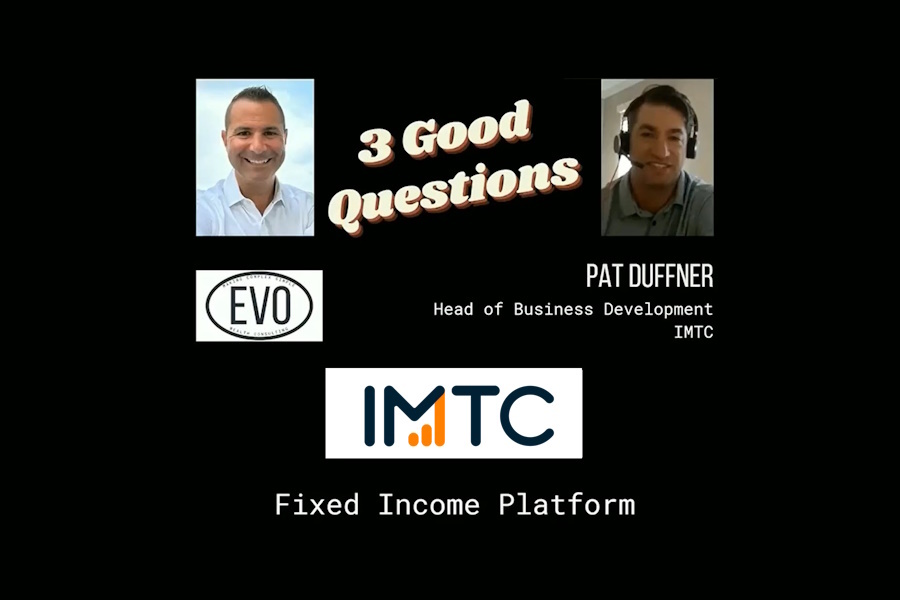Asset Managers are Ready for a RegTech Revolution

As investment managers fight to remain competitive through the utilization of technology, they must grapple with ensuring compliance to new and expanding regulatory requirements. To that end, spending related to regulatory investment technology, or “RegTech,” is slated to skyrocket. Greenwich estimates that spending on compliance technology will peak in the coming year despite many companies slashing budgets.
The research firm largely attributes this to more stringent regulations and increased reputational risks associated with public scrutiny. PwC forecasts that in 2020, asset managers should expect increased reporting requirements and better planning for recovery and resolution—especially involving those of the clients.
Still, there’s a tradeoff here, as Greenwich indicates that “firms may be pulling back the reins on compliance budgets, but many are doing so by taking a more proactive approach toward technology investment in lieu of personnel expenditures.”
Regulators themselves will also utilize technology in order to ensure asset adherence to new compliance rules. According to PwC, regulators could soon be able to increase oversight by obtaining real-time access to an asset manager’s investment portfolio, which they can cross-examine using market data.
Overall, experts expect future asset management regulation to focus heavily on increased transparency at all levels, thus creating an environment where non-compliant managers will be unable hide. These regulations will require investors to share greater information regarding their investment strategy and prove their efforts to obtain client information, validating their KYC and AML processes.
With increased regulation, investment professionals will need to find a more compelling value proposition to remain competitive in an ever-changing industry. Technological solutions for reporting and disclosures that contain accurate and timely information will be invaluable tools for ensuring transparency and data security. Technology will also be used to facilitate the regulatory measures, including tax disclosures in MiFID II/III and FATCA, for example. Only the providers capitalizing upon technological advantages with the ability to scale will be able to survive—both from a regulatory and a competitive standpoint.
With all these new technologies comes more data that can be utilized for better performance. Big Data will play an integral role in assisting asset managers to better understand their customers and align products, pricing, risk and financial data to facilitate the flow of information across all relevant parties.
The collection and location of ‘behavioral information’ will be used to create tailored products and reach more clients. Social listening will also be an important step for asset managers; for example, by utilizing social media outlets to gather data on customer feedback, sales teams can continue to tailor their products and improve their offerings for customers.
Utilizing more technology comes with greater risks to cyber security. And technology could provide the solution to counteract that risk. According to BCG, financial services firms are 300 times more likely to be targeted by a cyber attack than other companies and cyber attacks carry a higher cost for banks and wealth managers than for any other sector. Despite this growing threat, many financial institutions are ill-equipped to effectively respond to these threats. BCG notes that many firms fail to prioritize cybersecurity issues, overemphasize prevention over detection and response, lack security awareness and suffer from the “operational stress” of previous cybersecurity incidents.
The firm found that the greatest threats come from within the company: through human error and having employees fall victim to phishing, spoofing and credential theft schemes, leaving the company vulnerable. Annual losses across the financial services industry due to cyber attacks have reached tens of billions of dollars. Cyber threats not only compromise a firm and its clients, but they also can compromise a firm’s compliance and adherence to regulatory requirements.
This has opened yet another channel for technology to transform the financial services world. Firms must develop a risk-based strategic plan and adopt an operating model that addresses strategy, governance, risk management and culture. In conjunction with those steps, companies can improve their regulatory posture and boost operational capabilities by utilizing machine learning and AI technologies specifically geared toward cybersecurity. and proper anti-virus software.
As all these innovations emerge in the investment management space, and regulatory developments follow, the asset management landscape is evolving past a point of no return. It will become imperative for asset managers vying to remain competitive to explore new technologies and become impermeable to outside threats both on- and off-line.
This paper is intended for information and discussion purposes only. The information contained in this publication is derived from data obtained from sources believed by IMTC to be reliable and is given in good faith, but no guarantees are made by IMTC with regard to the accuracy, completeness, or suitability of the information presented. Nothing within this paper should be relied upon as investment advice, and nothing within shall confer rights or remedies upon, you or any of your employees, creditors, holders of securities or other equity holders or any other person. Any opinions expressed reflect the current judgment of the authors of this paper and do not necessarily represent the opinion of IMTC. IMTC expressly disclaims all representations and warranties, express, implied, statutory or otherwise, whatsoever, including, but not limited to: (i) warranties of merchantability, fitness for a particular purpose, suitability, usage, title, or noninfringement; (ii) that the contents of this white paper are free from error; and (iii) that such contents will not infringe third-party rights. The information contained within this paper is the intellectual property of IMTC and any further dissemination of this paper should attribute rights to IMTC and include this disclaimer.





